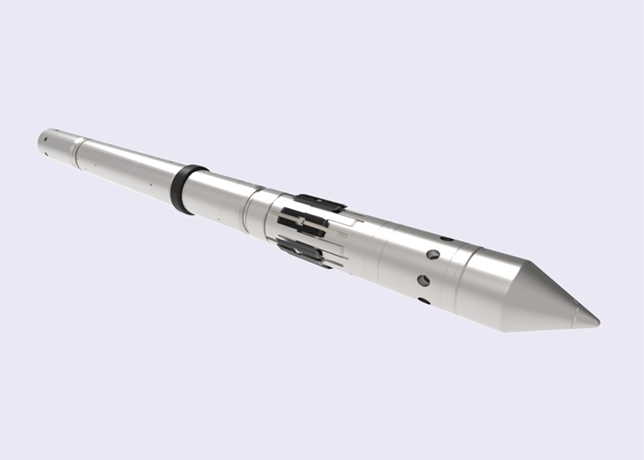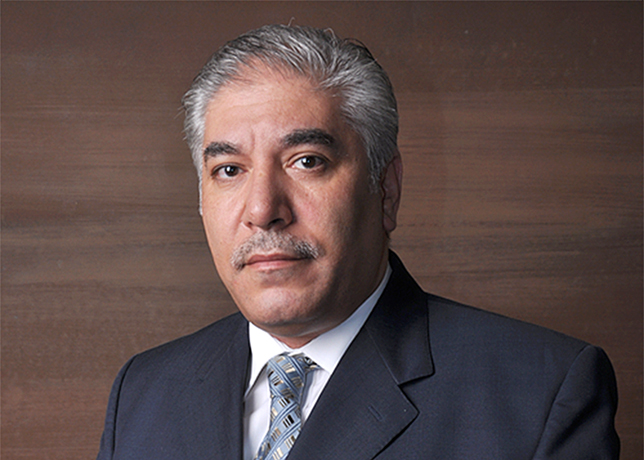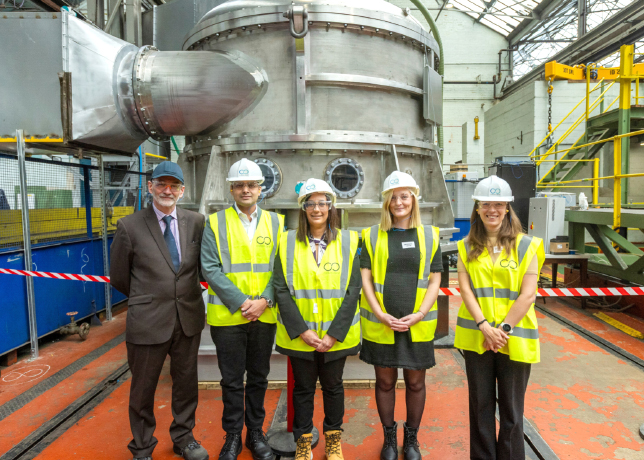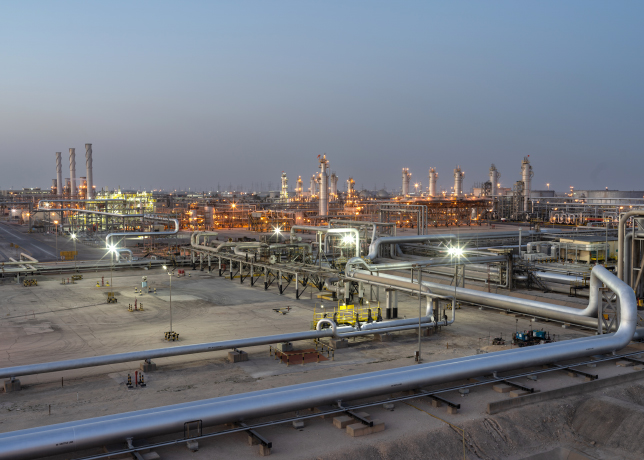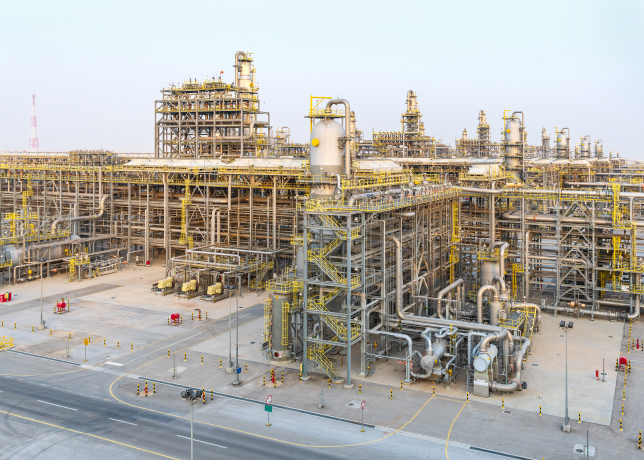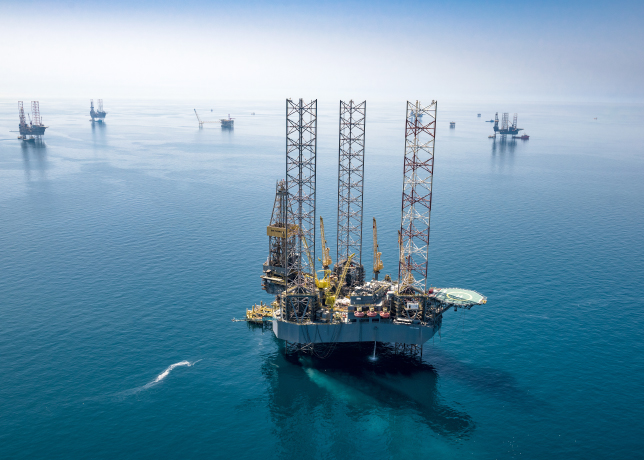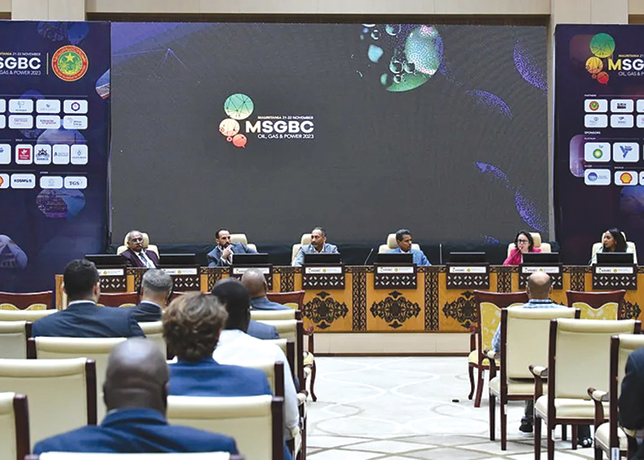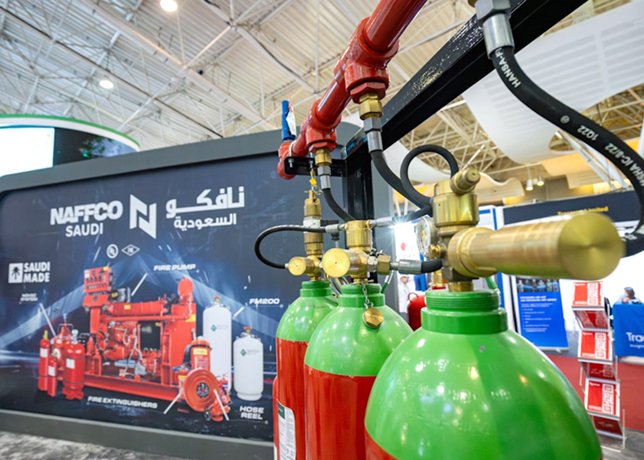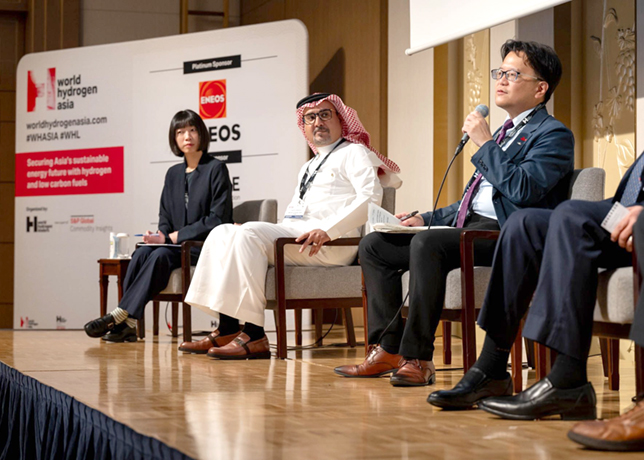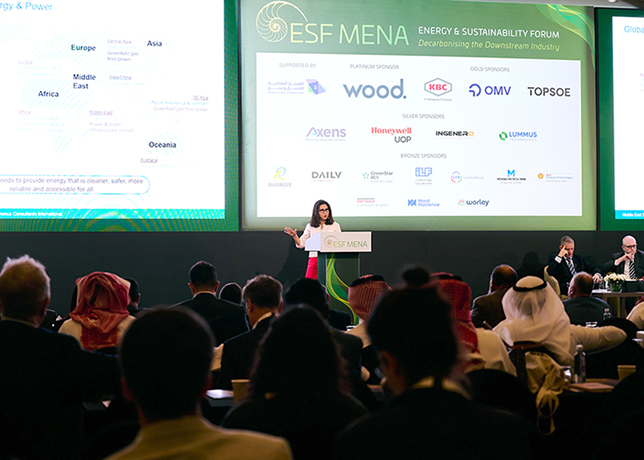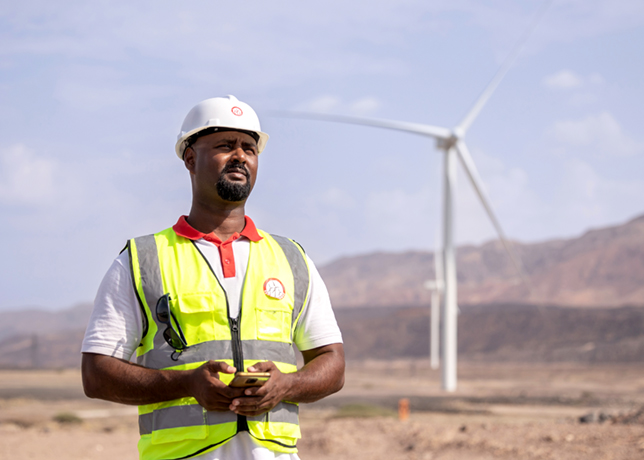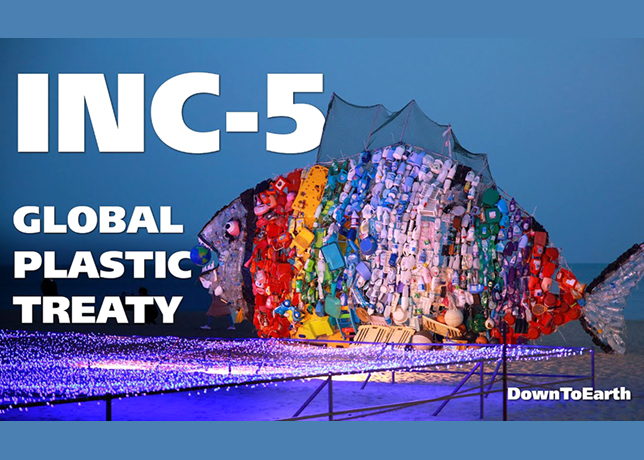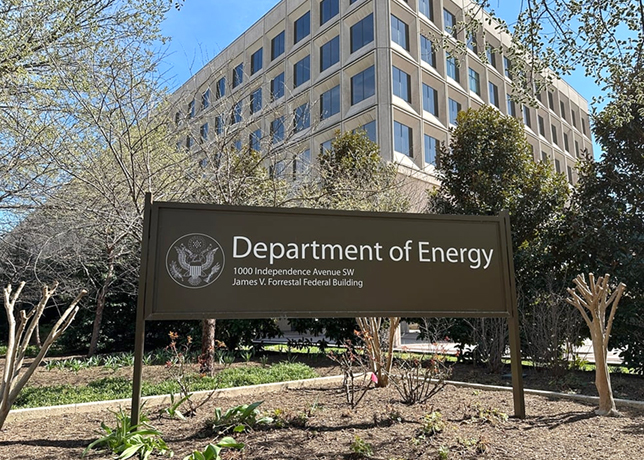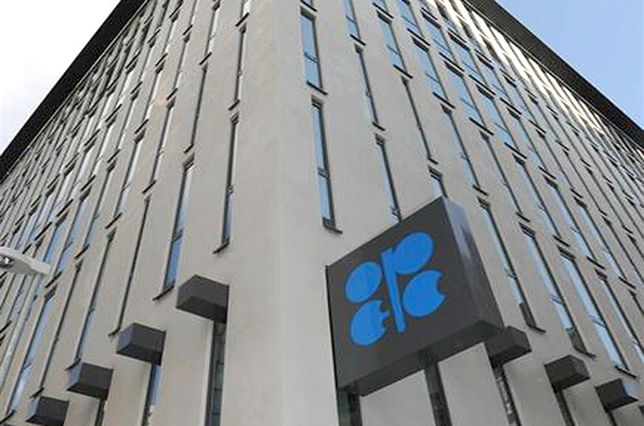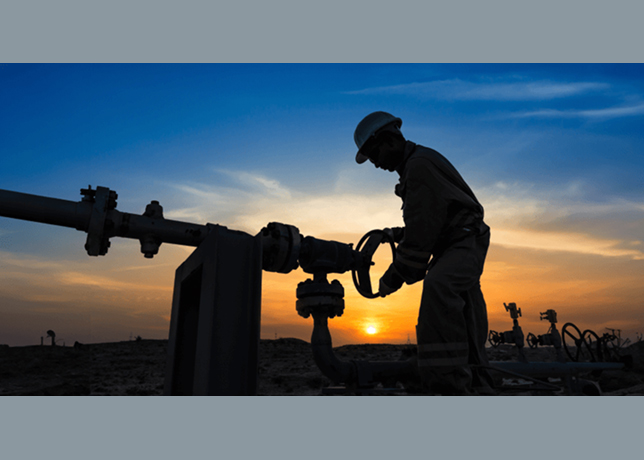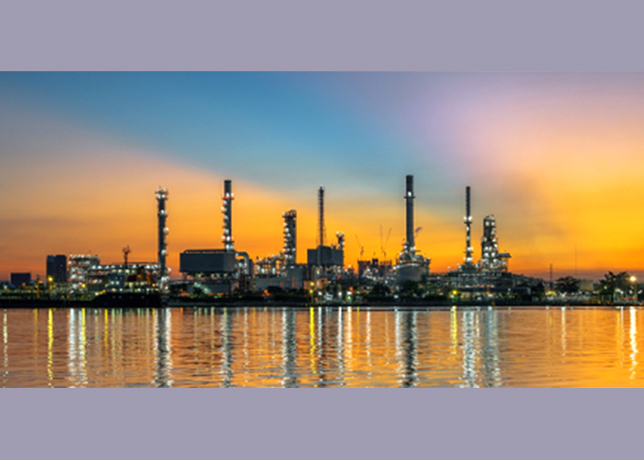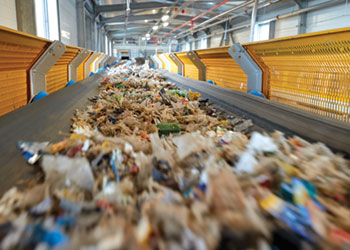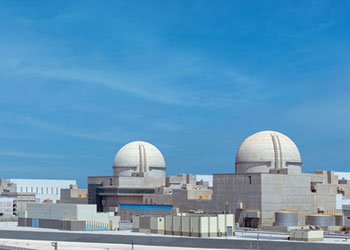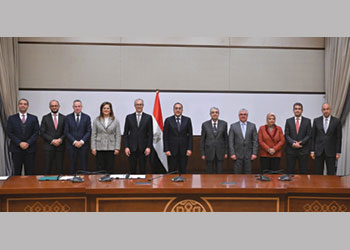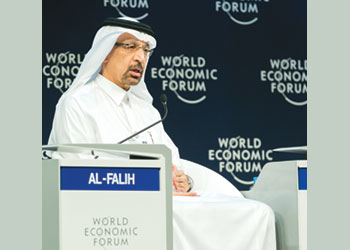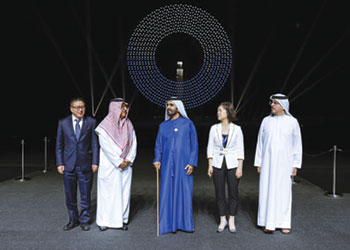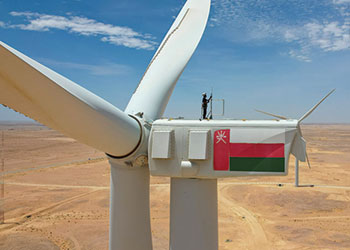
 Methane emissions from KSA's O&G sector were 780 kilotons in 2022
Methane emissions from KSA's O&G sector were 780 kilotons in 2022
New data positions Saudi Arabia as having the second-lowest methane intensity in oil and gas production when compared to other oil-producing countries, second only to Norway.
The King Abdullah Petroleum Studies & Research Center (Kapsarc) and Kayrros published the first-ever measurements of methane emissions in Saudi Arabia using satellite technology, covering 2016-2022.
The study also covered carbon dioxide (CO2) and nitrous oxide (N2O) emissions for the same period.
Kapsarc’s discussion paper, titled 'Using Satellite Technology to Measure Greenhouse Gas Emissions in Saudi Arabia' uses Nasa's and the European Space Agency's satellites to estimate methane emissions from Saudi Arabia's oil and gas sector at approximately 780 kilotons in 2022.
The project takes on an added significance given the limited global sources providing methane inventories for Saudi Arabia and their diverging estimates.
Notably, the emission estimates developed by Kapsarc and Kayrros are approximately 73 per cent lower than those reported by the International Energy Agency (IEA) and the Emissions Database for Global Atmospheric Research (Edgar) for the same year.
Fahad Alajlan, President of Kapsarc, said: 'This stark difference underscores the groundbreaking nature of our findings, challenging existing norms and emphasising the importance of our innovative approach in redefining our understanding of emissions in Saudi Arabia.'
Furthermore, the project estimates reveal that methane emissions from Saudi Arabia’s oil and gas industry constitute only one-third of total methane emissions, aligning with the most recent national greenhouse gas inventory submitted by the Saudi Clean Development Mechanism Designated National Authority in 2022.
The satellite estimates for the Saudi oil and gas sector only pertain to oil and gas fields, including emissions from production and partially accounting for the transportation of hydrocarbons and processing of gas occurring within the vicinity of the fields. Operations situated further downstream were excluded from the analysis.
The results carry important policy implications for Saudi decision-makers, given that Saudi Arabia is a signatory to the Global Methane Pledge which aims to reduce methane emissions by 30 per cent globally by 2030.



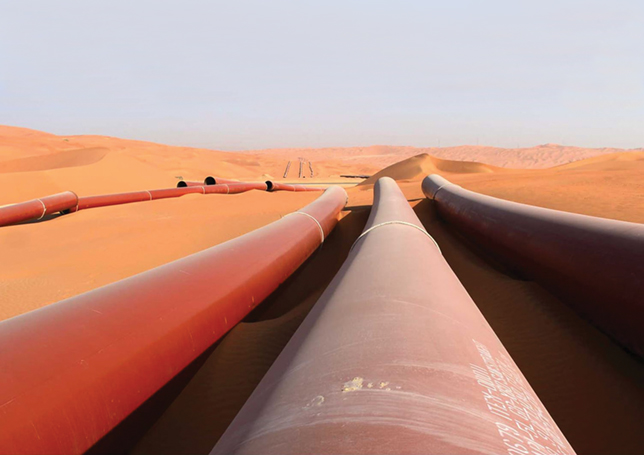












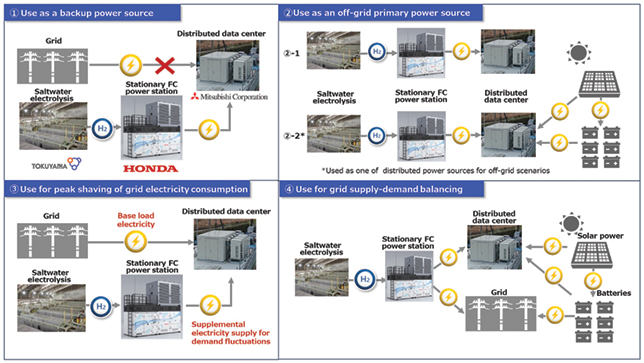





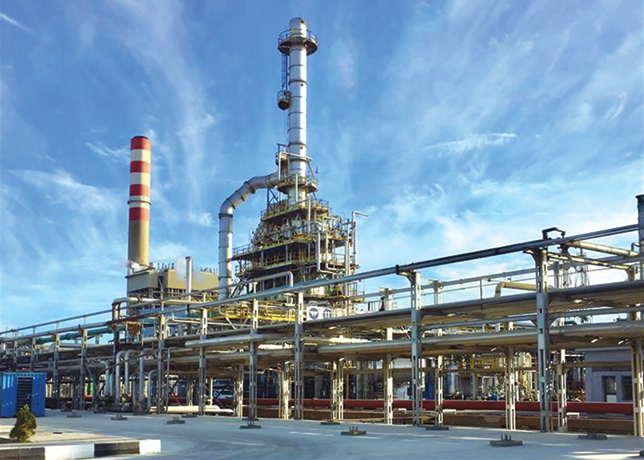

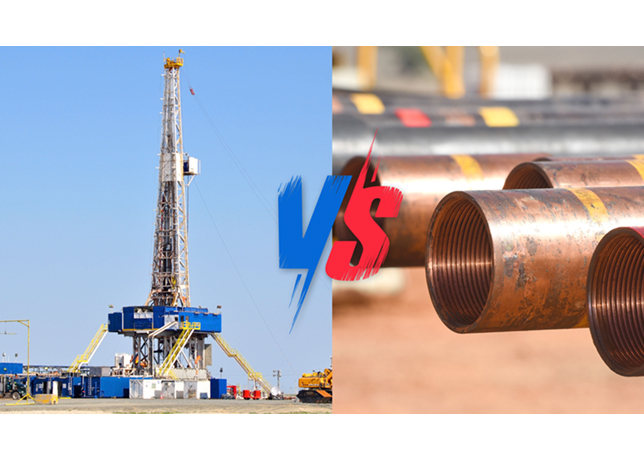
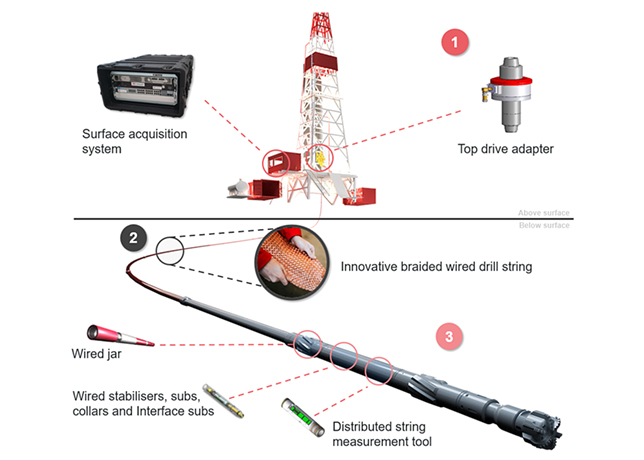

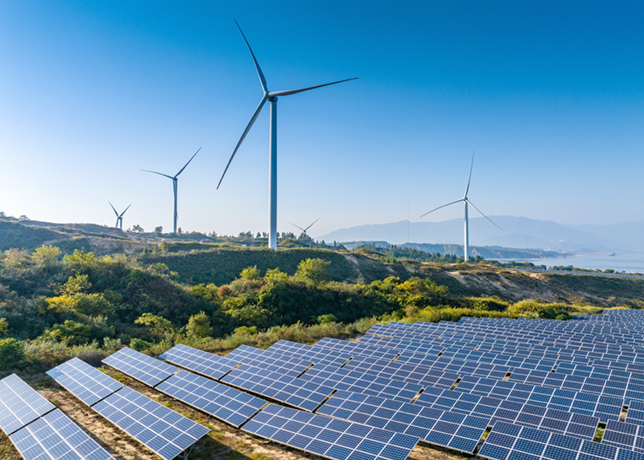




-is-one-of-the-world.jpg)



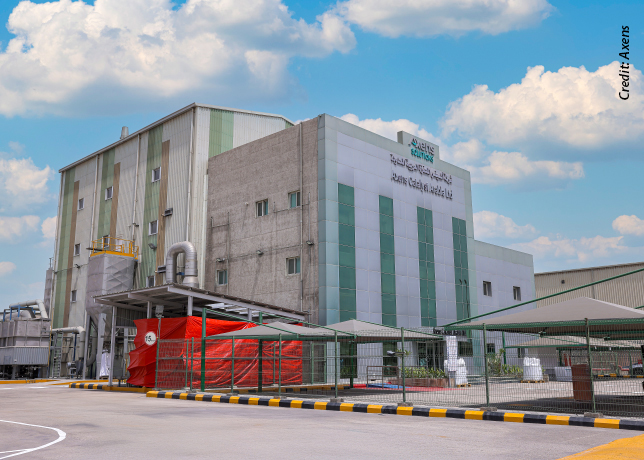

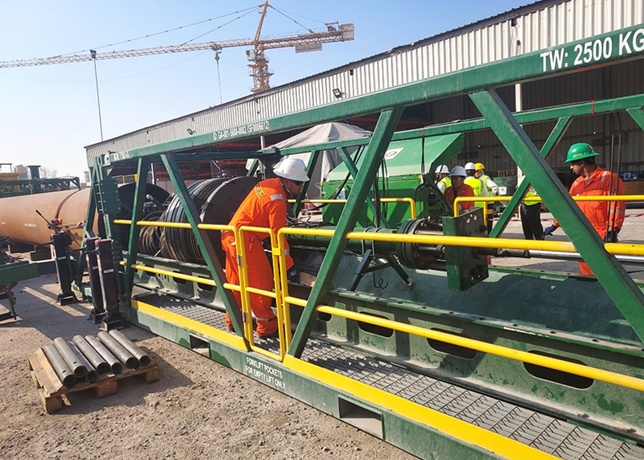
-(4)-caption-in-text.jpg)
